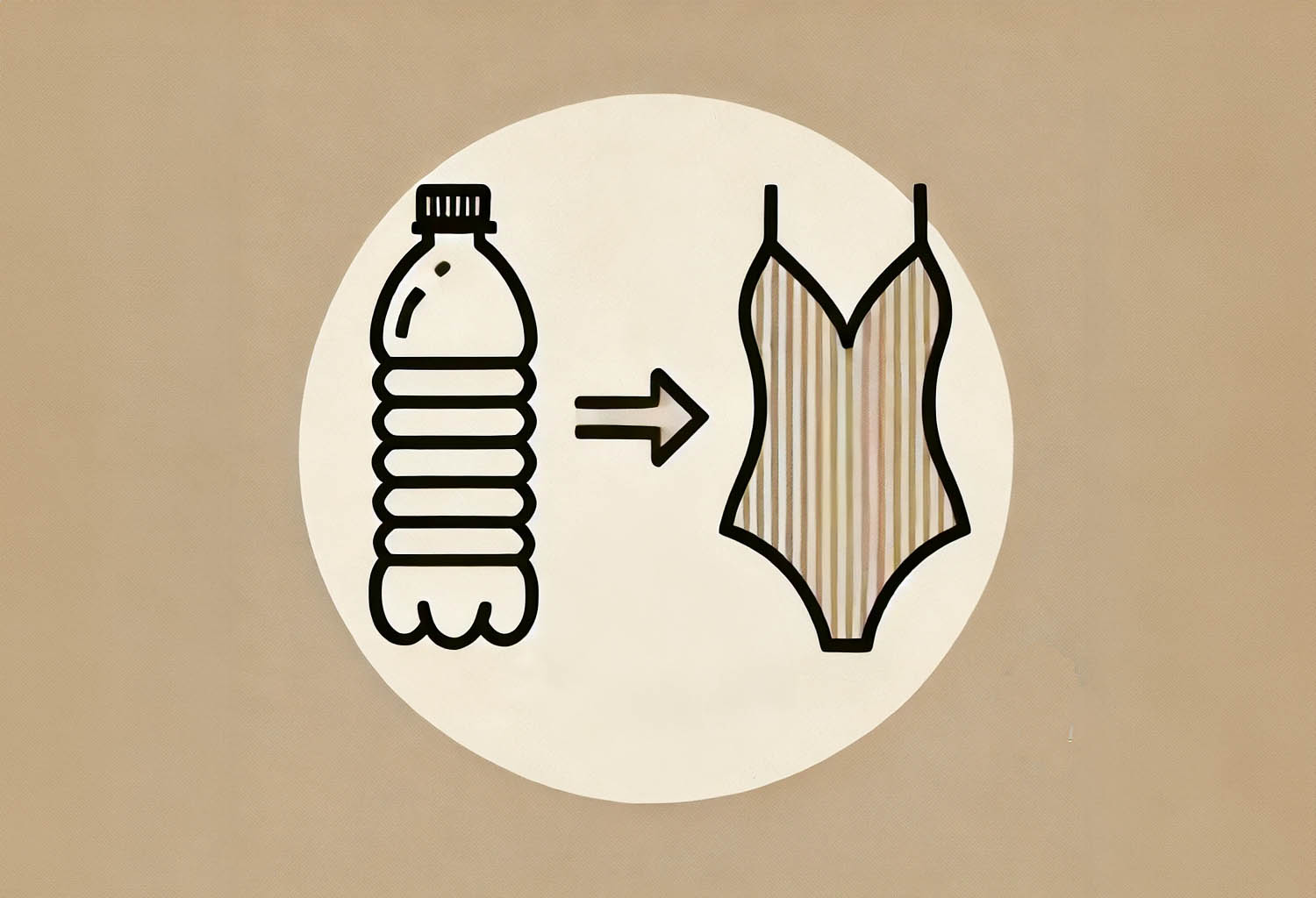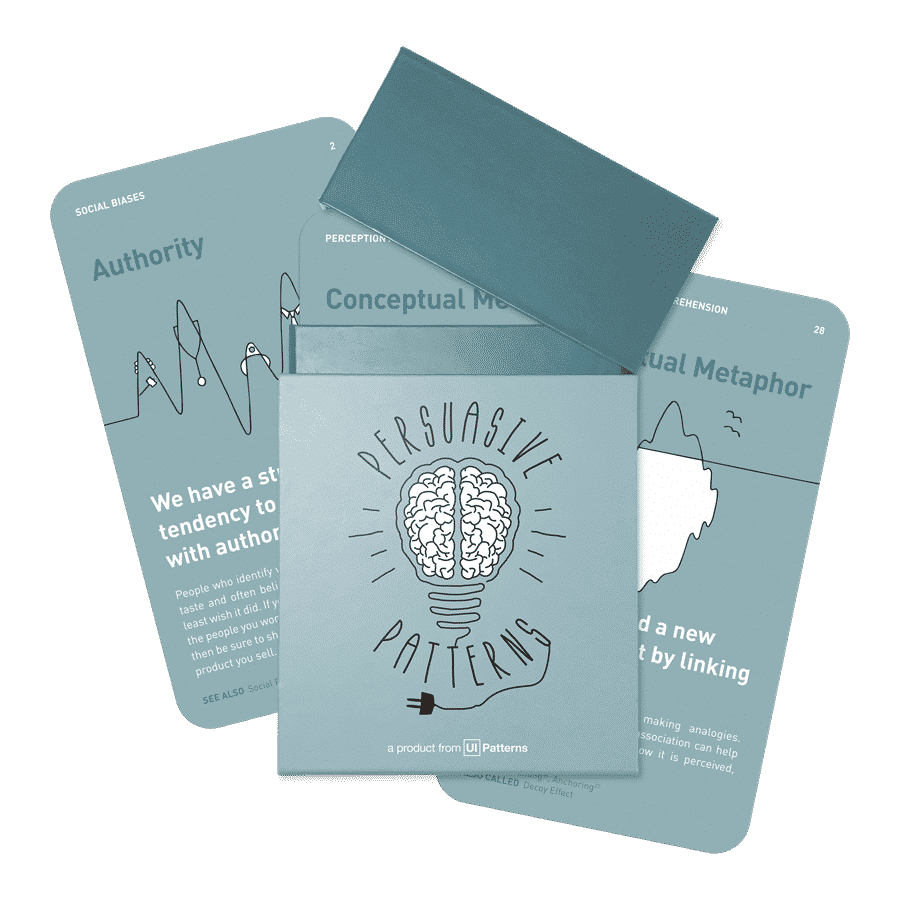The psychology of recycling: Beyond negative nudges
Inspire recycling behavior by highlighting product transformations and positive impacts.
Boost engagement with the Persuasive Patterns card deck
Leverage behavioral design techniques to create experiences that users love.
Get your deck!As designers, we hold a unique position to influence consumer behavior, particularly when it comes to recycling. But how do we move beyond simple reminders and rules, and actually inspire action? A study by Winterich et al. (2019) sheds light on how highlighting the transformation of products after use can make a real impact.
Recycling can be a complex behavior influenced by various factors, including convenience, knowledge, and motivation. While many people understand the importance of recycling, the act itself can often feel abstract and disconnected from the final outcome.
The study by Winterich et al. suggests that product transformation salience can play a crucial role in motivating recycling. By making the journey of a product from its initial use to its recycled state more visible and tangible, we can increase consumers’ emotional connection to the recycling process.
Traditional environmental nudges often rely on negative consequences, such as fines or guilt. While these can be effective, research by Bilandzic et al. (2017) suggests that positive nudges can in environmental context be even more powerful. By focusing on the benefits of recycling and the positive impact it can have on the environment, we can create an experience that is forward-looking and thus more engaging and motivating.
Griskevicius et al. (2012) further emphasize the importance of inspiration in environmental messaging. By telling compelling stories about the transformative power of recycling, we can tap into our innate desire to contribute to something meaningful.
The Afterlife Effect
One effective way to enhance product transformation salience is through visual storytelling. By showcasing the journey of a product from its initial use to its recycled state, we can inspire consumers to imagine the positive impact of their recycling efforts.

Winterich et al. highlight the importance of closing the loop. Providing information on the specific transformations of recyclables into new products can create a more tangible connection for consumers. For instance, UK retailer Marks & Spencer’s initiative to recycle plastic in-store and turn it into shop fixtures and playground equipment is a powerful example of how to communicate the afterlife of a product.
By incorporating product transformation salience into our design process, we can empower consumers to make a difference and contribute to a more sustainable future. Let’s use our skills as designers to inspire, educate, and motivate people to recycle.
Additional considerations
- Customization. Allow consumers to track the transformation of their recycled products, providing a personalized experience (tailoring).
- Partnerships. Collaborate with recycling organizations to create educational campaigns and raise awareness about the benefits of recycling (social proof).
- Measurement. Track the impact of your recycling initiatives to measure their effectiveness and make data-driven improvements (feedback loops).
- Gamification. Incorporate elements of gamification, such as points or rewards, to make recycling more engaging and fun (rewards).
By implementing these strategies, we can create a more sustainable and environmentally conscious future. Let’s use our design skills to inspire, educate, and motivate people to recycle.
- Bilandzic, H., Sukalla, F., Schnell, C., Hastall, M. R., & Wagner, A. J. (2017). The morality of environmental behavior: A moral foundations approach to explaining pro-environmental attitudes and behaviors. Environmental Communication, 11(6), 788-803.
- Griskevicius, V., Tybur, J. M., & Van den Bergh, B. (2012). Going green to be seen: Status, reputation, and conspicuous conservation. Journal of Personality and Social Psychology, 98(3), 392-404.
- Winterich, K. P., Nenkov, G. Y., & Gonzales, G. E. (2019). Knowing what it makes: How product transformation salience increases recycling. Journal of Marketing, 83(4), 21-37.
- The Afterlife Effect by Jerome Ribbot at Coglode
